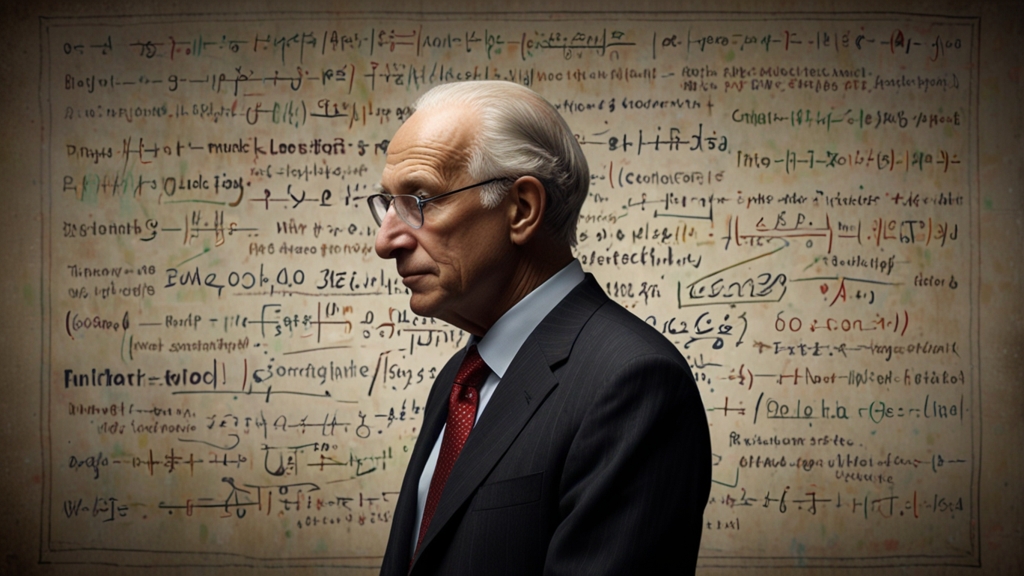The Enigma of Akhenaten: Why This Pharaoh Changed Everything
In the annals of ancient Egyptian history, few figures are as captivating and contentious as Akhenaten. Reigning during the 18th dynasty, Akhenaten was not just any pharaoh; he was a revolutionary who altered the religious, artistic, and political landscape of Egypt in profound ways. His reign is often described as a sudden departure from centuries of tradition, raising questions about his motivations and the lasting impact of his changes.
A Radical Shift in Religion
One of the most remarkable aspects of Akhenaten's reign was his radical restructuring of Egyptian religion. Before Akhenaten, Egyptian society worshipped a pantheon of gods led by Amun. Akhenaten, however, decreed monotheism with the worship of Aten, the sun disk, as the sole deity. This religious reform is often termed the "Atenist Revolution."
"The pharaoh's devotion to Aten was so absolute that he changed his name from Amenhotep IV to Akhenaten, meaning 'Effective for Aten,'" notes Egyptologist Dr. Zahi Hawass. "He even moved the capital from Thebes to a newly constructed city called Akhetaten, now known as Amarna."
This shift not only consolidated religious power but also affected art and architecture. Temples dedicated to Aten were simpler and focused on open spaces allowing sunlight to enter, contrasting greatly with the dark, enclosed sanctuaries of earlier gods. Traditional depictions of pharaohs and deities also transformed, featuring more naturalistic and less idealized forms.
Art and Culture Reimagined
Art under Akhenaten took a radical turn, often described as the "Amarna Style." Unlike previous Egyptian art, which was highly stylized and rigid, the Amarna Style embraced realism and even exaggeration. Depictions of Akhenaten and his family were characterized by elongated limbs, protruding stomachs, and exaggerated facial features.
"The art of the Amarna period is so distinct that it is instantly recognizable," says art historian Dr. Joyce Tyldesley. "It offered an unprecedented level of intimacy and domesticity, often portraying the royal family engaging in everyday activities, a stark contrast to the aloof, divine representations of earlier periods."
This artistic revolution extended to literature and hymns as well. The "Great Hymn to the Aten," attributed to Akhenaten himself, focuses on the Aten's singular ability to give life, eclipsing older religious texts that praised multiple deities.
Political and Social Upheavals
Akhenaten’s shift to monotheism and relocation of the capital had significant political ramifications. By diminishing the power of the priests of Amun and centralizing religious practices, Akhenaten sought to consolidate his own power. However, this move was controversial and met with resistance from those who had vested interests in the established religious order.
Additionally, the economic and labor resources channeled into building the new capital, Akhetaten, strained the kingdom's resources. The grandiose project involved relocating thousands of artisans, laborers, and officials, causing disruptions throughout Egypt.
After Akhenaten's death, his successors, notably Tutankhamun, reverted much of his religious reforms. The capital was moved back to Thebes, and the worship of Amun was restored. Akhenaten's statues and inscriptions were defaced or erased, an effort by subsequent rulers to return to the traditional religious and political structures.
The Legacy of Akhenaten
While Akhenaten's revolutionary changes were short-lived, their impact on history is undeniable. The radical art and religious reforms provide a unique glimpse into the complexities and dynamism of ancient Egyptian civilization. Scholars continue to debate whether Akhenaten’s actions were driven by genuine religious fervor or a strategic move to consolidate power.
"Akhenaten remains one of the most intriguing figures in history, a ruler whose reign was as enigmatic as it was transformative," says historian Dr. Kara Cooney. "His legacy challenges us to consider the possibilities and consequences of radical change within a deeply traditional society."
In the end, the enigma of Akhenaten lies not just in the changes he instituted, but in the reasons behind those changes and their lasting effects. His story is a reminder of the fluidity of history and the ever-present potential for revolutionary change, even in the most established of societies.







